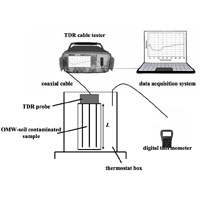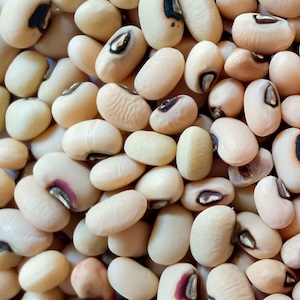Time domain reflectometry for dielectric characterization of olive mill wastewater contaminated soils

All claims expressed in this article are solely those of the authors and do not necessarily represent those of their affiliated organizations, or those of the publisher, the editors and the reviewers. Any product that may be evaluated in this article or claim that may be made by its manufacturer is not guaranteed or endorsed by the publisher.
Authors
Olive mill wastewater (OMW) is a compound originating from oil mills during oil extraction processes. In the Mediterranean area, more than 30 million m3 of OMW are produced each year, which represents 95-97% of the world production. Such volumes of untreated OMW are usually directly disposed of into drainage systems, water bodies (such as streams, lagoons and ponds) or are sprinkled on soils, causing potentially severe environmental problems to soils and groundwater. Consequently, there is a serious waste management problem related to the olive oil industry, because these practices no longer being acceptable. In the case of on-land OMW disposal, the characterization and the identification of this contaminant in soils is a fundamental task especially with a view to maintaining the integrity and quality of agroecosystems. In recent years, soils have been extensively studied to detect contaminants by using various geophysical methods. Among such techniques, time domain reflectometry (TDR) has shown, in different contexts, evident sensitivity and resolution capability for the characterization of contaminated soil sites. In order to further exploit the potential of the TDR technique, in this study we conducted a series of laboratory-controlled tests to explore how OMW influences the dielectric response of contaminated soils. This investigation led to the development of an empirical dielectric model to estimate the presence of OMW in variably saturated-contaminated soils with different textures and pedological features. In particular, the soils selected belong to two typical pedological units in southern Italy which account for approximately 90% of the Italian olive plantations and one of the highest concentrations of the olive oil industry in Italy. In these districts, as well as in other European and Mediterranean countries, there is the controversial habit to spread OMW on soils.












